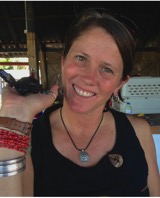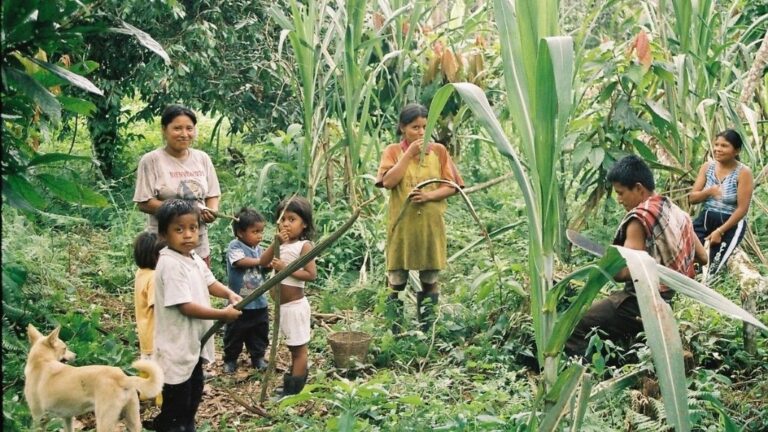Palm oil companies are detrimentally impacting rural livelihoods and biodiversity in northwestern Ecuador by extracting resources and polluting ancestral lands and rivers. Indigenous and Afro-descendant communities are particularly vulnerable to exploitation and health hazards posed by these companies. As an act of resistance, the communities, supported by the organisation Roots & Routes IC, have filed the world’s first constitutionally-based Rights of Nature Lawsuit to demand justice.
The Chocó rainforest in the northwestern Ecuadorian Pacific region and Esmeraldas Province is among the world’s biodiversity hotspots. Despite its ecological significance, the region is severely impoverished, violent, crisis-ridden and often invisibilized by outsiders. The lack of attention allows extractive industries to exploit both people and the environment, causing vast land and forest degradation, uprooting African-ecuadorian communities from their rural homes and causing migration to urban centers. They freely dump chemicals and waste into the La Chiquita river, polluting the ecosystem and river. This severely affects the livelihoods, health and food security of the communities which inhabit the region, the Indigenous Awá community of Guadualito and the Afro-descendant community of La Chiquita.
The lack of responsibility taken by the palm oil industry lead to the communities filing the world’s first constitutionally-based Rights of Nature lawsuit which demands that the industries repair damages to the communities and environment. The Ecuadorian constitution, which was ratified in September 2008, recognises the Rights of Nature, which upholds the rights of all living beings of nature to be recognised as subjects of rights.


The international, US-based organisation Roots & Routes IC works with Indigenous and other ancestral and place-based communities as they stand up for their rights. FUF Lund Magazine interviewed co-founder and executive director Julianne Hazlewood to discuss the current challenges the above-mentioned communities face, as well as the significance of the Rights of Nature lawsuit. These communities first filed a civil suit in 2010 in the Esmeraldas Provincial Court demanding repair and damages to the river and to all beings, human and nonhuman, that inhabit the river basin.
– Despite being the first lawsuit of its kind, the lack of international attention and visibility severely hindered its success. After a seven year long struggle the regional judge ruled only partially in favor of the communities. It was ruled that the oil palm companies would share responsibility with 12 regional ministries, thus sending the communities into a labyrinth of bureaucracy, Hazlewood explains.
As a result, the companies continue to dump chemical waste into the riverine ecosystems and the struggles of the communities continue. Julianne Hazlewood elaborates on what measures the organisation and the international community should take to show solidarity and support. Currently, they are in conversations with Ecuador’s constitutional-level Rights of Nature mechanism to present a parallel “Action of Protection” alongside Ecuadorian, Dr. Ximena Ron, as the lead lawyer and Brazilian, Dr. Flavia Carlet, as a legal advisor. This is a much faster process and would ensure a higher level of visibility and accountability.
– It is remarkable how the people who have lived through a historically and present day abandoned place can be the very first to call for a paradigm shift – their ways of knowing should be acknowledged and is what started this revolutionary political movement, Hazlewood reflects.
Hazlewood concludes by stating that it is vital that organisations join their network. This is to both economically sustain the mission, and to ensure that all humans and Nature are treated with the compassion, respect and dignity that they merit.

Article 71, Constitution of the Republic of Ecuador
“Nature, or Pacha Mama, where life is reproduced and occurs, has the right to integral respect for its existence and for the maintenance and regeneration of its life cycles, structure, functions and evolutionary processes”

